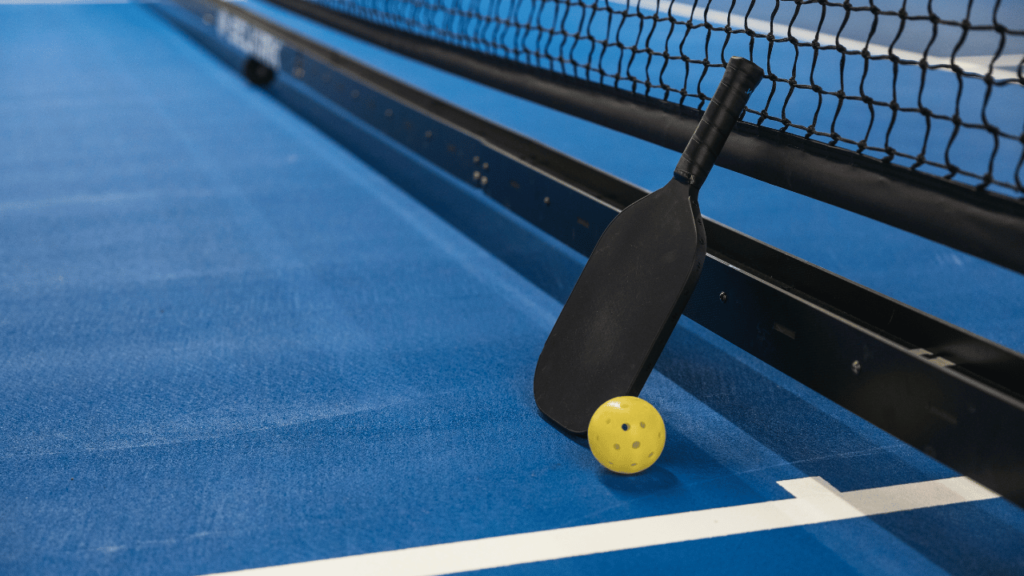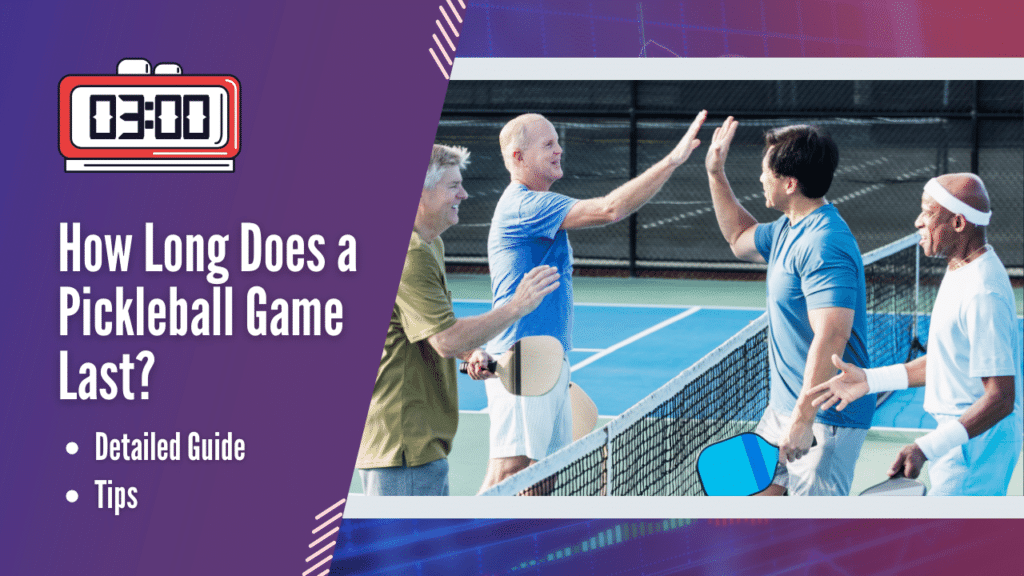Pickleball has become a beloved pastime for players of all ages, combining elements of tennis, badminton, and table tennis into a fun and exciting sport. Central to the game are pickleball balls, which can significantly impact the quality of play and overall experience.
In this article, we’ll explore the factors that influence the frequency of replacing pickleball balls and provide insights into selecting the best balls for your needs.
1. Understanding Pickleball Balls
1.1 What Are Pickleball Balls Made Of?
Pickleball balls are typically made of hard plastic and have either a smooth surface (for indoor play) or a textured surface (for outdoor play). The material used ensures durability and consistent bounce during gameplay.
1.2 The Different Types of Pickleball Balls There are two main types of pickleball balls: indoor and outdoor. Indoor balls are designed for use on gymnasium floors, while outdoor balls are more resilient to withstand rougher surfaces like asphalt or concrete.
1.3 Factors Affecting Ball Longevity The lifespan of pickleball balls is influenced by various factors, including the quality of materials used, frequency of use, playing conditions, and storage practices.
2. Signs of Wear and Tear
2.1 Visual Inspection Perform a visual examination of the balls, looking for cracks, dents, or significant discoloration. These signs indicate that the balls may be reaching the end of their usable life.
2.2 Bounce Test A simple bounce test can help determine if a ball is still viable. Drop the ball from waist height onto a hard surface. If it bounces erratically or with reduced height, it may be time to replace it.
2.3 Auditory Cues Listen for any unusual sounds when hitting the ball. A worn-out ball may produce a distinct clinking noise upon impact.
2.4 Grip and Texture If the ball’s texture feels slippery or less grippy than before, it might be losing its performance capabilities.
3. How Often Should You Replace Pickleball Balls?

3.1 Casual Players vs. Competitive Players Casual players who engage in pickleball occasionally may find that their balls last longer. On the other hand, competitive players who practice frequently and participate in tournaments may need to replace their balls more often.
Table 2: Ball Replacement Frequency Based on Player Type
| Player Type | Replacement Frequency |
| Casual Players | Every few months or as needed |
| Competitive Players | Every few weeks or after tournaments |
| Occasional Players | Every few months or as needed |
3.2 Indoor vs. Outdoor Play Outdoor play exposes pickleball balls to harsher elements and surfaces, leading to more rapid wear. As a result, outdoor balls may require replacement more frequently than indoor ones.
Table 1: Comparison of Indoor and Outdoor Pickleball Balls
| Aspect | Indoor Pickleball Balls | Outdoor Pickleball Balls |
| Material | Hard plastic | Hard plastic |
| Surface Texture | Smooth | Textured |
| Ideal Playing | Indoor courts (wooden | Outdoor courts (concrete |
| Surface | floors) | or asphalt) |
| Durability | Moderate | High |
| Performance | Consistent bounce and | Resistant to wear and |
| flight | tear from rough surfaces | |
| Replacement | Less frequent | May need more frequent |
| Frequency | replacement |
3.3 Frequency of Play The more you play, the faster your pickleball balls will wear out. If you play multiple times per week, it’s a good idea to inspect your balls regularly and replace them as needed.
3.4 Storage and Care Tips Properly store your pickleball balls in a cool, dry place away from direct sunlight and extreme temperatures. Avoid leaving them inside hot cars or in damp areas, as these conditions can deteriorate the balls faster.
4. The Impact of Frequency on Performance
4.1 Consistency and Ball Flight Regularly replacing pickleball balls ensures a consistent bounce and flight path during matches, contributing to fair and enjoyable gameplay.
4.2 Injury Prevention Worn-out balls might not behave predictably, leading to unexpected movements that could result in injuries during play.
4.3 The Role of Player Skill Level Experienced players may notice subtle differences in ball performance more than beginners. Regular replacement ensures that all players experience a level playing field.
5. Cost Considerations and Value for Money
5.1 Price Ranges for Pickleball Balls Pickleball balls are available at various price points, but it’s essential to consider the value and performance they offer rather than just the cost.
5.2 Bulk Purchasing vs. Single Ball Purchases Buying balls in bulk can save money and provide a steady supply for regular replacements.
5.3 Balancing Cost and Performance While budget-friendly options exist, investing in higher-quality balls can enhance the playing experience and may be worth the extra expense for dedicated players.
6. Environmental Sustainability and Recycling Options
6.1 The Environmental Impact of Discarded Balls As pickleball’s popularity grows, so does the waste generated by discarded balls, highlighting the need for environmentally conscious choices.
6.2 Recycling Programs and Initiatives Seek out recycling programs or repurposing initiatives that can give used pickleball balls a second life, reducing their environmental impact.
7. Selecting the Right Pickleball Balls for Your Needs
7.1 Reading Product Reviews Take advantage of product reviews to learn about the experiences of other players and identify the best-performing balls.
7.2 Seeking Recommendations Ask fellow pickleball enthusiasts or local clubs for their preferred ball choices and why they recommend them.
7.3 Trying Different Brands and Types Experiment with different brands and ball types to find the ones that suit your playing style and preferences.
8. Extending the Lifespan of Pickleball Balls

8.1 Cleaning and Maintenance Occasionally clean the balls with a damp cloth to remove dirt and debris, which can extend their life and maintain performance.
8.2 Storage Tips Proper storage, as mentioned earlier, plays a crucial role in preserving the quality of your pickleball balls.
8.3 Indoor vs. Outdoor Storage Consider separate storage for indoor and outdoor balls, ensuring each set remains in optimal condition.
FAQs:
When should I replace my pickleball ball?
It’s time to replace your pickleball ball when you notice signs of wear and tear, such as cracks, dents, or a loss of bounce. Regularly inspect your ball for any visual or performance changes, and replace it if it no longer meets the standards for consistent gameplay.
How many games do pickleballs last?
The lifespan of a pickleball can vary depending on factors like frequency of play, playing surface, and ball quality. On average, a pickleball can last anywhere from a few weeks to a few months of regular play. Competitive players might need to replace their balls more frequently than casual players.
Why do pickleballs break so easily?
Pickleballs are designed to be durable, but they can break due to factors such as excessive force during play, impacts against hard surfaces, or extended exposure to extreme temperatures. Using high-quality balls and following proper storage and care practices can help prolong their lifespan.
How long does a pickleball set last?
A pickleball set, which typically includes several balls, can last for months or even longer, depending on usage and care. The exact duration will vary based on how frequently the balls are used and how well they are maintained.
How do you know if a pickleball ball is out?
In pickleball, a ball is considered “out” if it lands outside the designated court boundaries. If any part of the ball touches the outer lines, it is considered in play. Players can also use the “out” call when a ball is hit out of bounds without touching the opponent’s paddle.
How can you tell if a pickleball paddle is bad?
A pickleball paddle may be considered “bad” if it shows signs of damage, such as cracks, chips, or splintering. Additionally, if the grip is worn out or the paddle lacks responsiveness during gameplay, it may be time to consider replacing it. Choosing a high-quality paddle and maintaining it properly can help avoid these issues.
Conclusion
Regularly replacing pickleball balls is vital for maintaining optimal gameplay, consistency, and player safety. By understanding the factors that affect ball longevity and employing proper care and storage practices, players can make the most of their pickleball experience. Invest in high-quality balls, stay mindful of environmental impact, and enjoy the game to its fullest with fresh, reliable pickleball balls.



